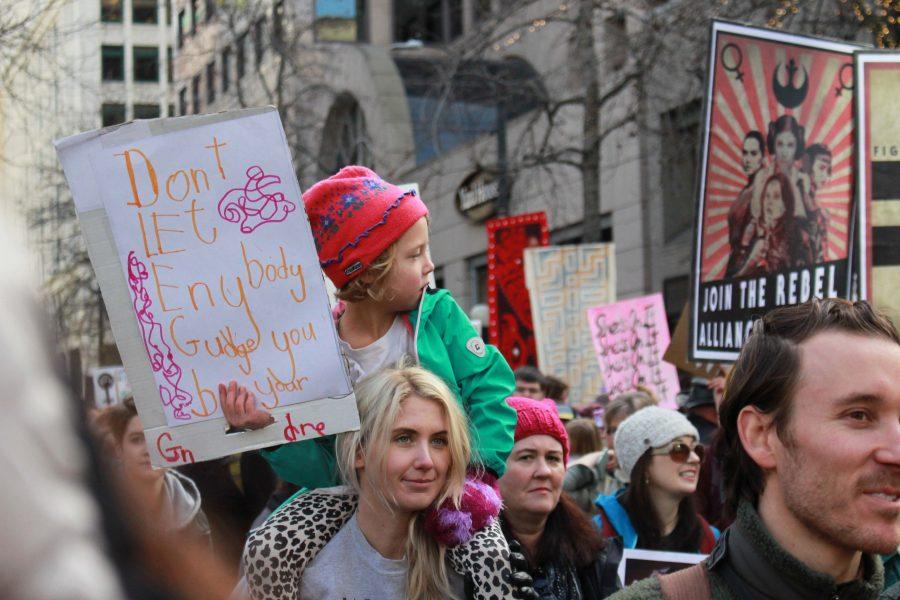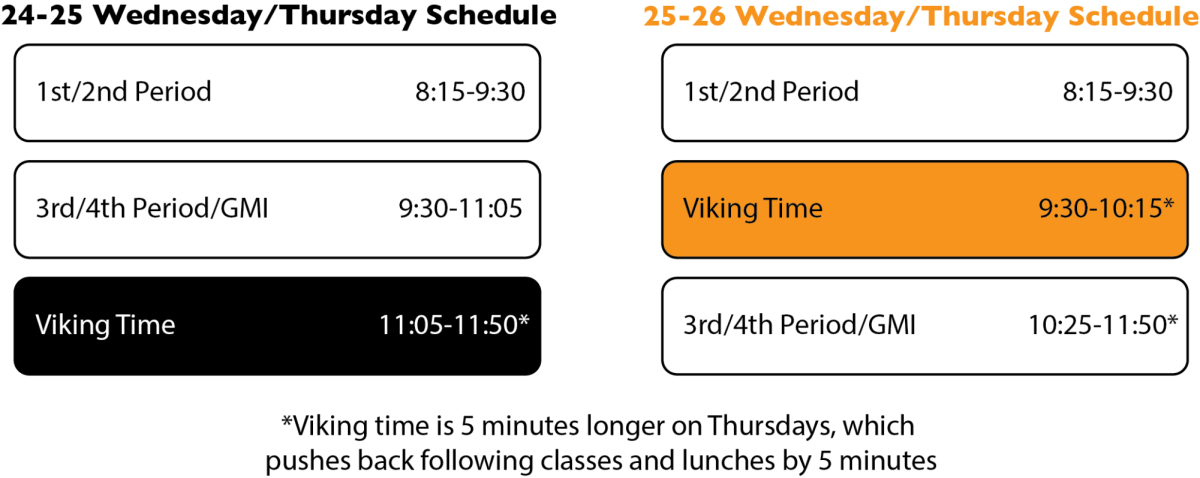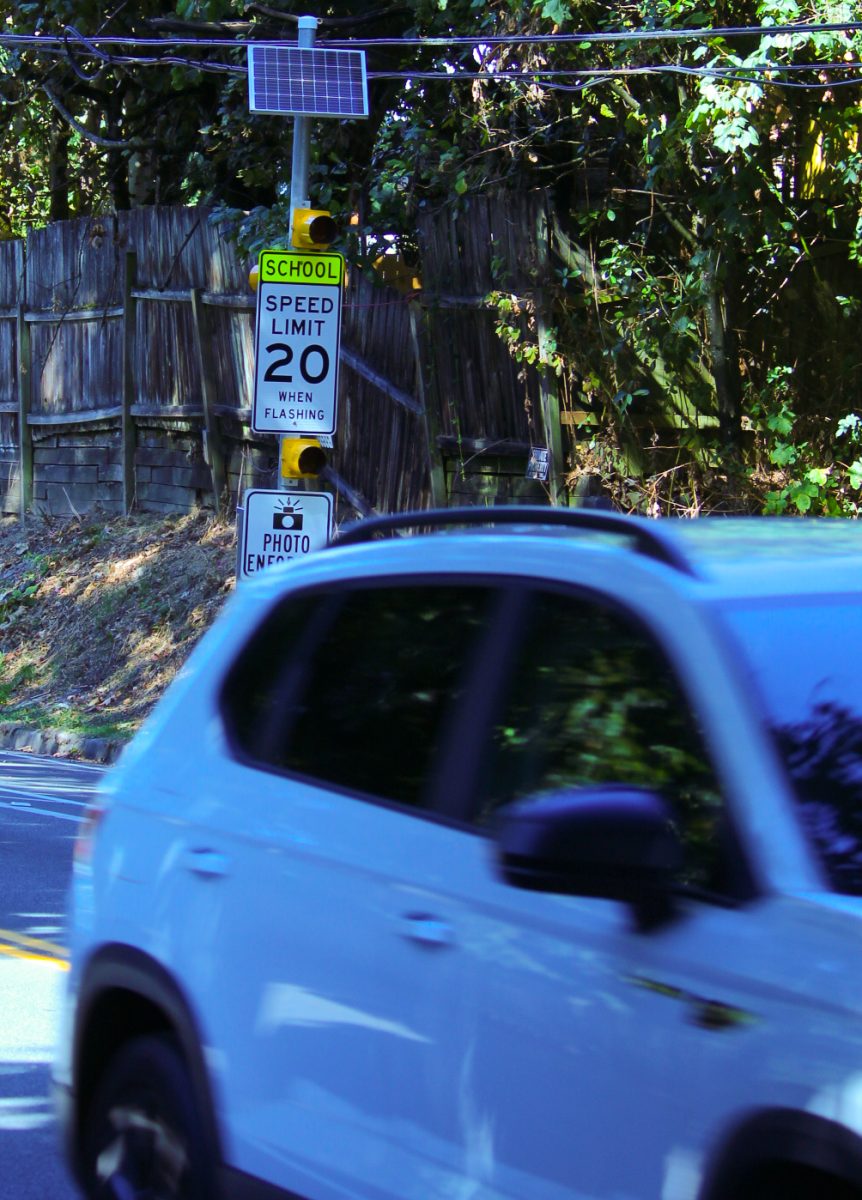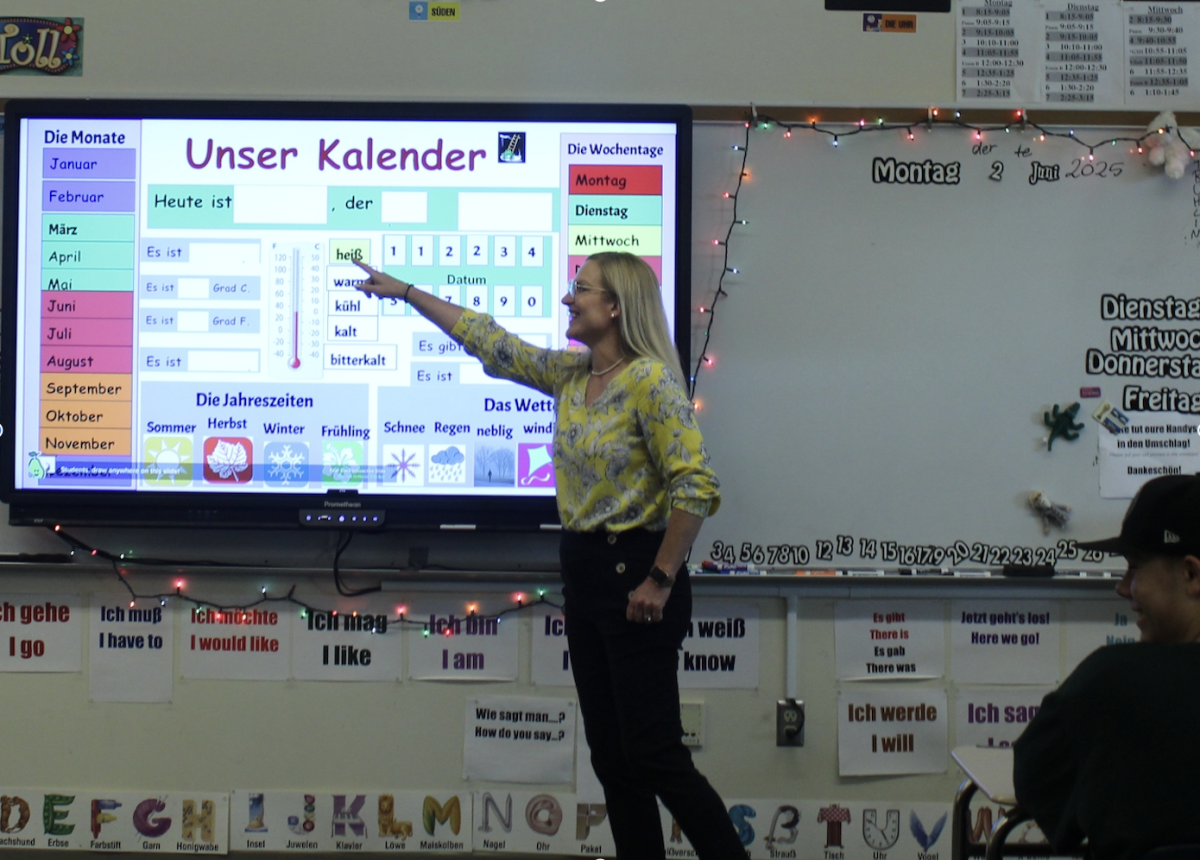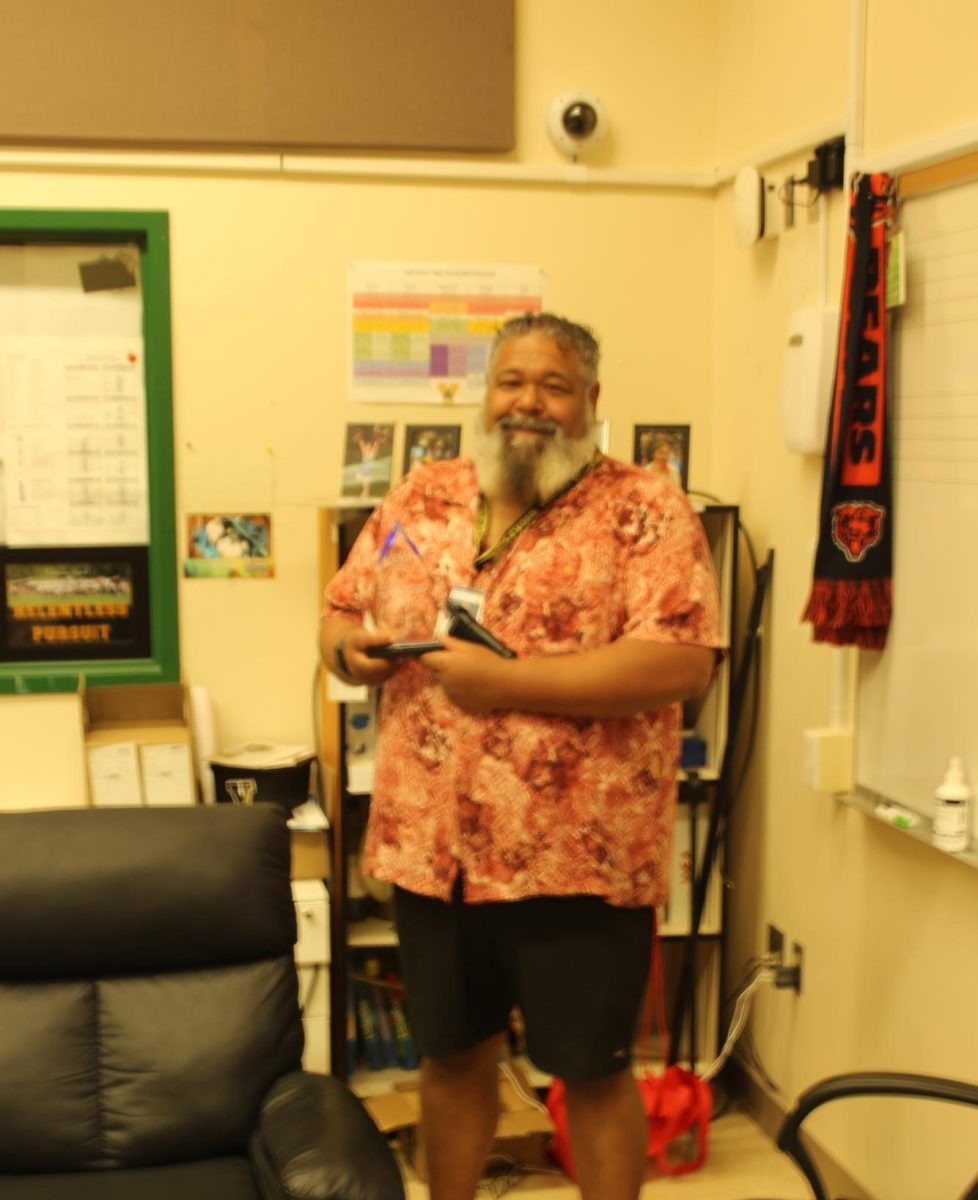The day after President Donald Trump’s inauguration, the streets of Seattle were awash with pink. An estimated 175,000 demonstrators had packed in so tightly that at some points the women’s march became more of a women’s standstill— yet the crowd maintained a fervent energy. Every few minutes, a roaring cheer would ripple its way through the three-mile-long procession, giving a unified voice to the diverse spectrum of race, gender and ability that was represented at the march.
As one of the many sister marches to the Women’s March on Washington, Seattle’s demonstration aimed to send a message to all elected leaders, reminding them that they are expected to actively protect the rights of women and their families.
Within the crowd cheering for this cause, the voices of young Seattleites were some of the loudest; they cheered not only for themselves, but for one another.
“I’m here to show solidarity with people,” Ciella*, 16, said, “to show people who may feel alone that we’re all here and that we’re all working together.”
Similarly, Melanie, 15, explained that she was marching not only for her own beliefs but “to stand up for the people who don’t always have a voice,” and Diana Krowser, 26, said she was there “to support what I believe in: that everyone deserves to be heard and respected.”
Students from Inglemoor were also there to show solidarity and add their voices to the crowd, including senior Jill Bush.
“I went to march because I wanted to show my support for those who feel unsafe,” she said. “I think it was a good way to show our unity against what is happening in the U.S. right now.”
Bush was referring to the recent inauguration of President Donald Trump, widely considered the primary target of the march’s message. Signs sloganed with “he’s got to go!” and “liar in chief” reflected the political views of demonstrators, many of whom saw the march as a way to take a defensive stance against the president’s proposed policies.
“I personally am worried about the rights of women and minorities under the Trump administration,” Anna, 17, said. “I just think [the march] is a way to stand up for our rights and what we believe in, and show that we’re not going to let the Trump administration violate those rights.”
Although some young people also expressed fears for Trump’s upcoming term, others said that the march’s massive turn-out made them feel empowered and hopeful. Ultimately, the goal of the march was not only to protest against the Trump administration; it was also to bring like-minded people together in support of one another and to promote future activism.
“With the election and whatnot, I’ve heard a lot of people just kind of giving up…but what we should be doing is being creative,” Jamie Draper, 22, said, gesturing to the crowd. “This is what I hope for: a flourish of resistance rather than just anger and passivity.”
The upcoming generation of voters seems to have tapped into an undercurrent of optimism despite the discontent many had with the results of the election last November. Seattle protesters made up only a small fraction of the estimated 3.5-5.5 million people who attended sister marches all over world last Saturday, and Bush said it made her “heart happy” to see such a global movement.
“It’s kind of just shocking to see what we can do if we band together,” she said. “We do have a voice and we are capable of sending a message.”
*In the interest of protecting confidentiality, all non-Inglemoor minors are identified by first name only.



